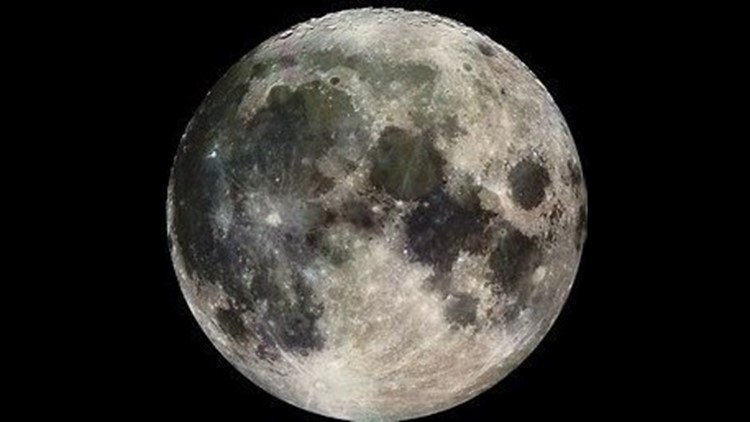February is one of four months in the 21st century we will not see a full moon, and this is significant from a statistical point of view.
Blue moons, which are two full moons in one calendar month, happen on average about every 2.7 years. You can also have a "double blue moon," which is two blue moons in one year– January and March of this year, for example. However, it's infrequent enough for the expression "once in a blue moon" to mean not very often.
With about the same frequency we have two new moons in a month, which has come to be called a "black moon."
However, no full moon in a month, which doesn't have a specific name that we could find, is extremely rare. The lunar cycle can vary, because its orbit isn't circular, but at its shortest the cycle is 29 days and six hours between full moons.
In the 21st century, there are only four months without a full moon (all February, of course): 2018, 2037, 2067, and 2094. Not surprisingly, these correspond to those years with a double blue moon.
But do you know what's even rarer? A leap year without a full moon in February! Many centuries go without one. In the years between 2000 and 2999, there are only three occurrences: 2572, 2792 and 2944.
If we want to indicate something is extremely rare, we may need a new expression like “once in a missing moon” or "once in a double blue moon." But it doesn't have the ring of "once in a blue moon."



